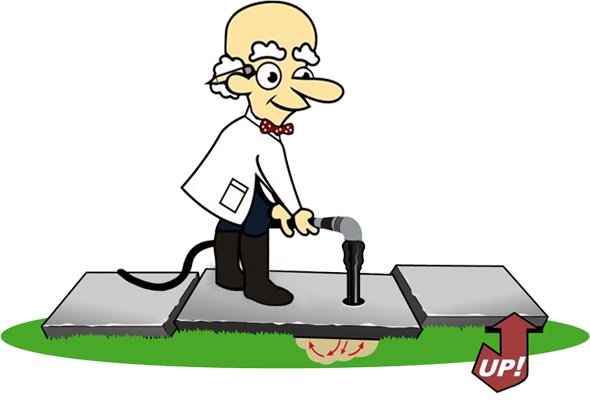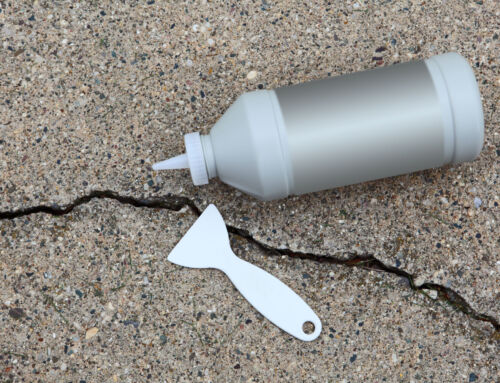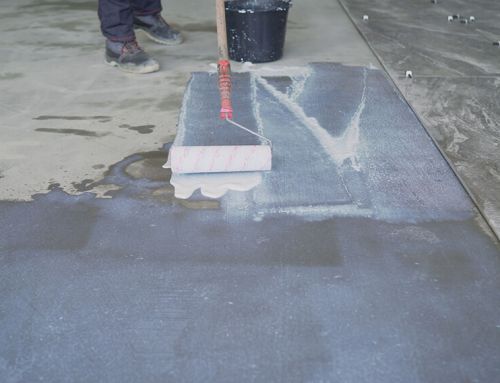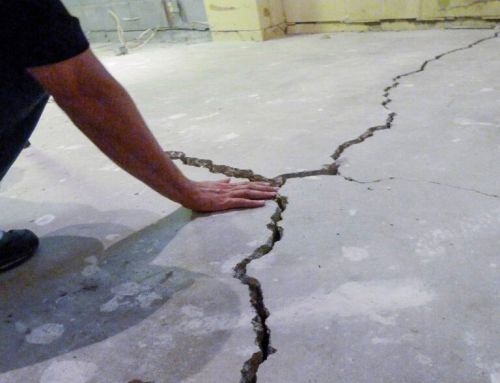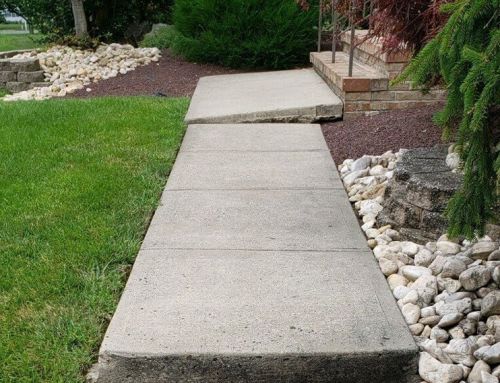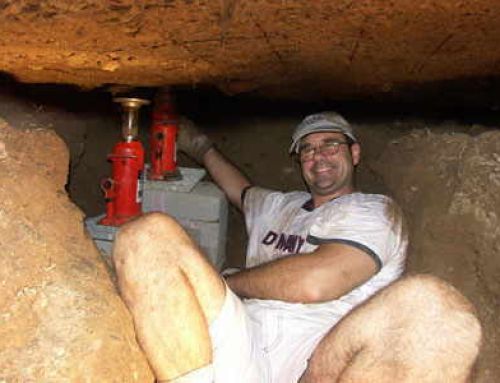IN THIS ARTICLE
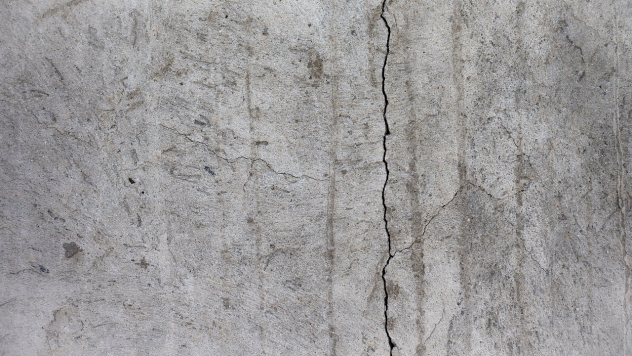
Base Preparation
Prior to the installation of the concrete, you should know what type of ground you are pouring on. Is it virgin ground that has not been disturbed? Or is eight feet of fresh backfill against a foundation wall and you want to pour a patio on top of it? If it is the second of the two, you are asking for problems from the start, because that eight feet of fill will settle and at some point you’ll be facing the task of concrete repair. And by the way, (don’t listen to that guy that wants to tie the patio into the foundation wall with rebar). While it may work in Florida, it will just cause the concrete to break during the frost cycle in the northern zones. Generally, the base should be machine tamped and if the base needs to be built up or raised, stone should be used in place of soil and tamped.
Joint Placement
When installing concrete, an expansion joint must be used anywhere the concrete butts up against any masonry walls. There is also a formula for dividing the concrete for movement. The general recommendation is you take the thickness of the concrete, turn it into feet, then times it by three, not to exceed fifteen feet.
Example: With 4″ thick concrete -. Turn inches into feet. Then times by three. 4′ x 3 = 12′ (twelve feet)
or
With 6″ thick concrete – 6′x 3 = 18′ (but it is recommended to stay under a 15′ total distance)
Concrete Thickness
Generally, 4″ thick concrete is good for sidewalks, patios and pool areas, etc. Any concrete that is used for human foot traffic. 6″ thick concrete is the recommendation for garage floors, driveway aprons, or car traffic. Areas with heavy truck traffic should be thicker.
Reinforcement
There are three basic types of reinforcement for concrete. Wire mesh, fiber mesh and reinforcement bar (rebar). Reinforcement may not totally eliminate the possibility of a crack, but when installed properly, will prevent cracks from spreading or raising.
To sum it up, spending the extra money on proper installation when doing it yourself, or by hiring a reputable concrete contractor, will be priceless as far as saved future costs from aggravation and possible
- Garage Floor Raising and Coating: The Ultimate Guide - June 4, 2024
- Mudjacking Cost: 5 Factors That Affect It - April 10, 2024
- What is The Average Cost of Concrete Leveling in Belle Mead, NJ? - April 4, 2024

